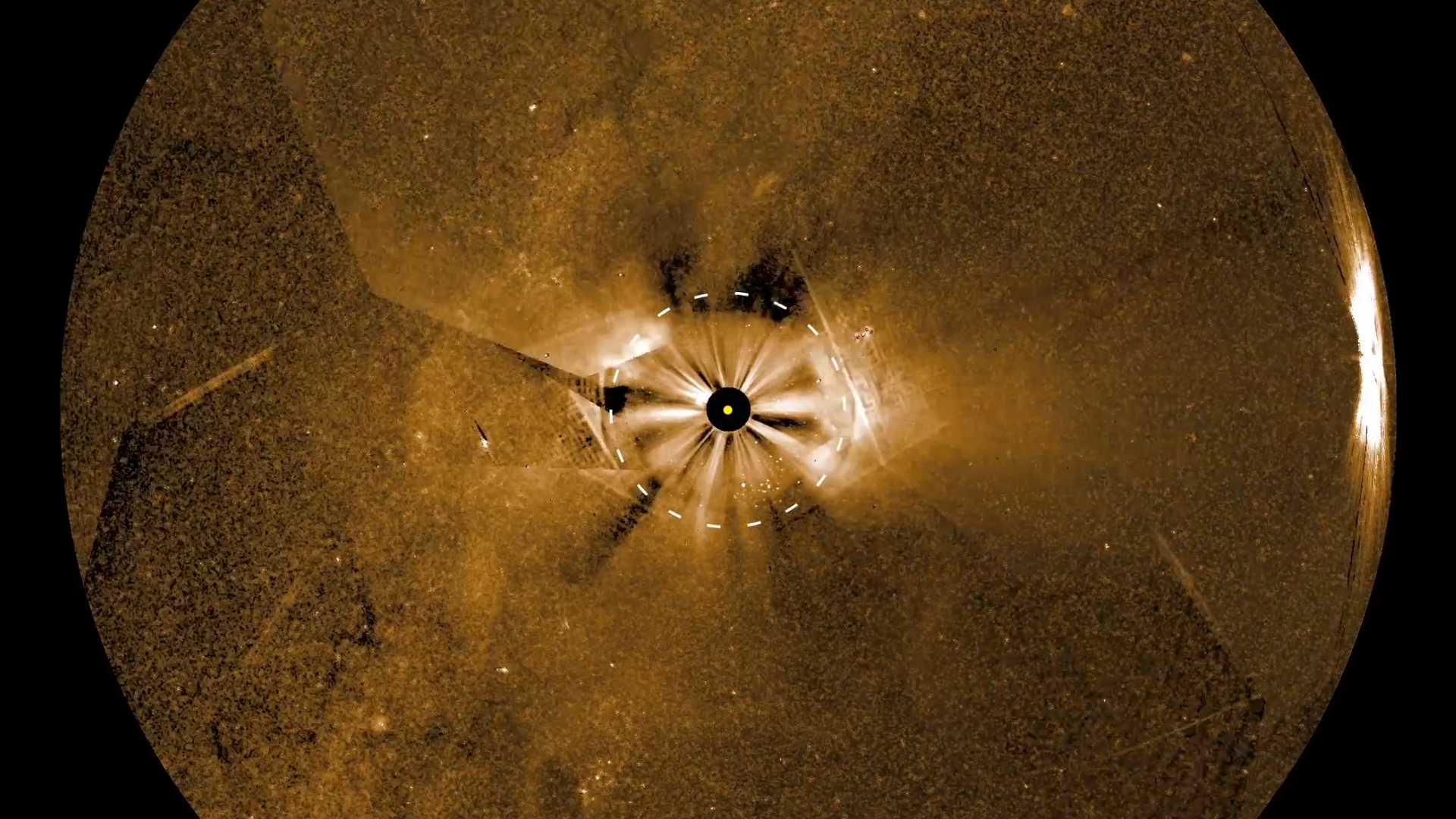
President Barack Obama's re-election Tuesday night (Nov. 6) means NASA will likely continue along its current path, working to get astronauts to an asteroid by 2025 among other goals.
A change of course for the space agency was possible had Mitt Romney won the presidency, as the Republican candidate pledged to reassess NASA's path forward. But we'll never know what a Romney-revised path may have looked like, for President Obama won the day.
Here's a brief look at some of NASA's larger aims and ambitions, which it should continue to work toward over at least the next four years.
An asteroid, then Mars
In 2010, President Obama directed NASA to get astronauts to a near-Earth asteroid by 2025, then on to the vicinity of Mars by the mid-2030s. [Gallery: Presidential Visions for Space Exploration]
To reach these deep-space destinations, the agency is developing a huge rocket called the Space Launch System and a crew capsule called Orion. NASA hopes the SLS-Orion combo will begin launching astronauts by late 2021.
The Obama Administration has also encouraged NASA to hand over crew and cargo activities in low-Earth orbit to private American companies. The goal is to fill the void left by the 2011 retirement of the space shuttle program, which was set in motion by President George W. Bush back in 2004.
Get the Space.com Newsletter
Breaking space news, the latest updates on rocket launches, skywatching events and more!
NASA has awarded a total of $1.4 billion in the past two years to firms developing crewed vehicles. The agency wants at least two such commercial spaceships to be up and running by 2017. Until then, the United States will remain dependent on Russian Soyuz spacecraft to ferry its astronauts to and from the International Space Station.
The progress has been faster on the cargo front, with California-based SpaceX completing the first of 12 contracted supply flights to the orbital lab last month with its robotic Dragon capsule.
NASA's cargo deal with SpaceX is worth $1.6 billion. The agency has also signed a $1.9 billion resupply contract with Virginia-based Orbital Sciences Corp. to make eight unmanned flights with its Antares rocket and Cygnus spacecraft. Orbital aims to launch a demonstration mission to the space station in the coming months.
The moon as well?
Before President Obama began his first term, NASA was working to put boots on the moon by 2020 under a Bush-era program called Constellation. Obama cancelled Constellation after a review panel deemed it significantly overbudget and behind schedule.
However, NASA remains committed to getting back to the moon using the SLS and Orion, agency officials have said.
"We just recently delivered a comprehensive report to Congress outlining our destinations which makes clear that SLS will go way beyond low-Earth orbit to explore the expansive space around the Earth-moon system, near-Earth asteroids, the moon, and ultimately, Mars," NASA deputy chief Lori Garver said at a conference in September.
"Let me say that again: We're going back to the moon, attempting a first-ever mission to send humans to an asteroid and actively developing a plan to take Americans to Mars," Garver added.
Follow SPACE.com senior writer Mike Wall on Twitter @michaeldwallor SPACE.com @Spacedotcom. We're also on Facebookand Google+.
Join our Space Forums to keep talking space on the latest missions, night sky and more! And if you have a news tip, correction or comment, let us know at: community@space.com.

Michael Wall is a Senior Space Writer with Space.com and joined the team in 2010. He primarily covers exoplanets, spaceflight and military space, but has been known to dabble in the space art beat. His book about the search for alien life, "Out There," was published on Nov. 13, 2018. Before becoming a science writer, Michael worked as a herpetologist and wildlife biologist. He has a Ph.D. in evolutionary biology from the University of Sydney, Australia, a bachelor's degree from the University of Arizona, and a graduate certificate in science writing from the University of California, Santa Cruz. To find out what his latest project is, you can follow Michael on Twitter.
